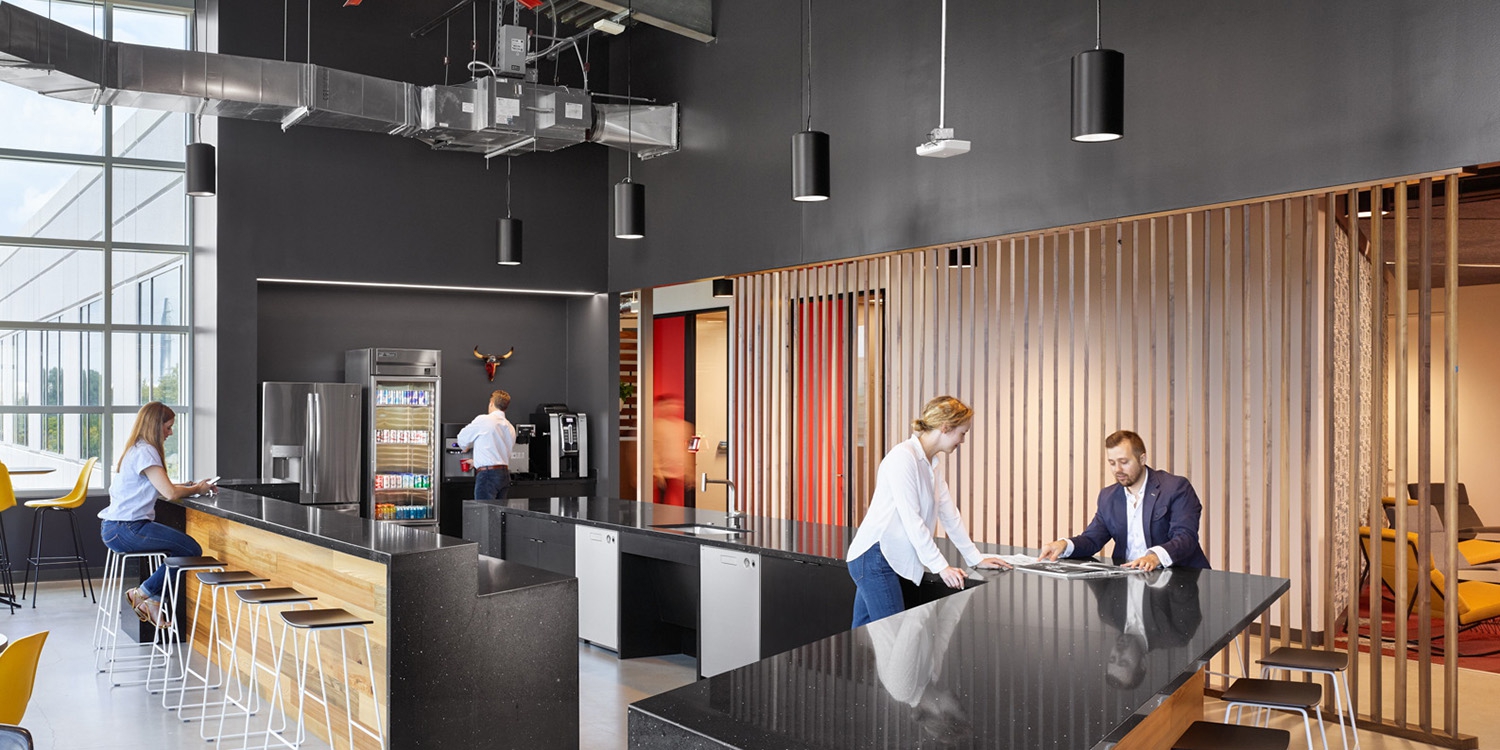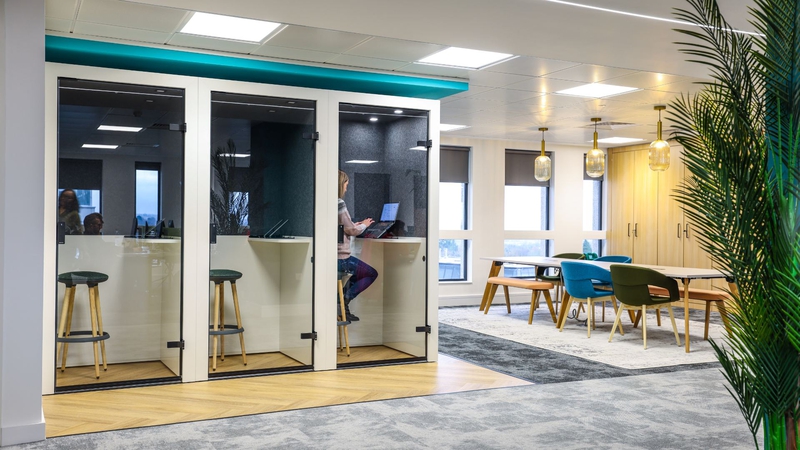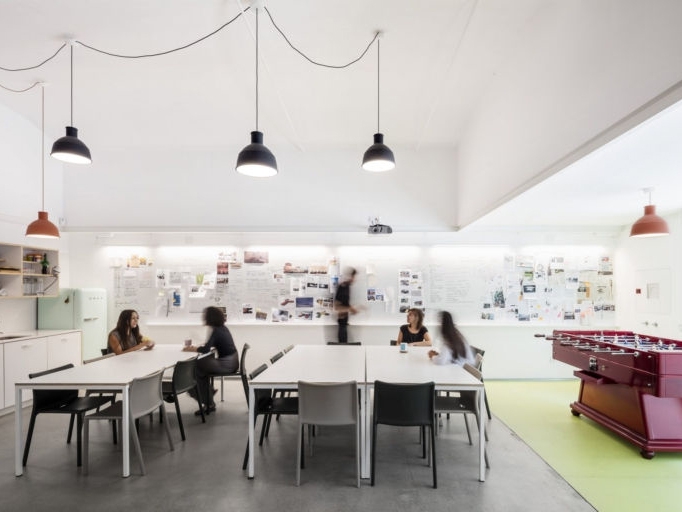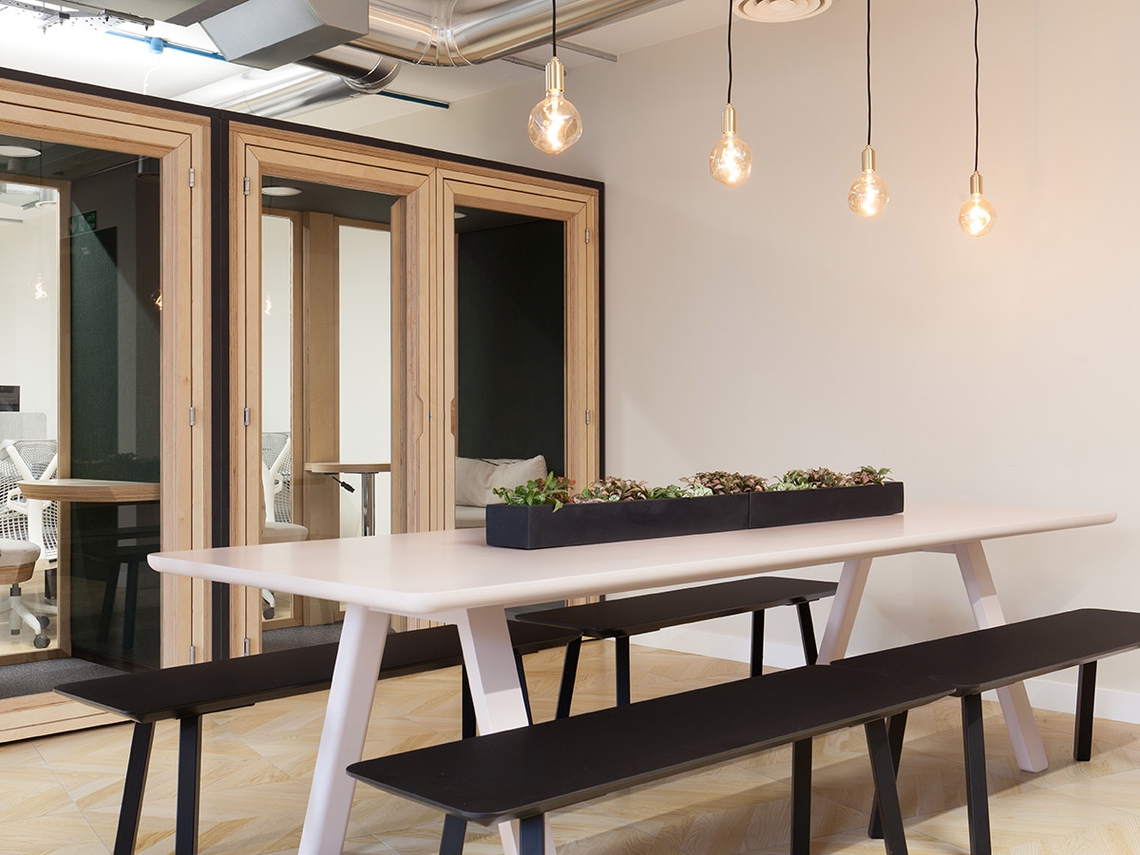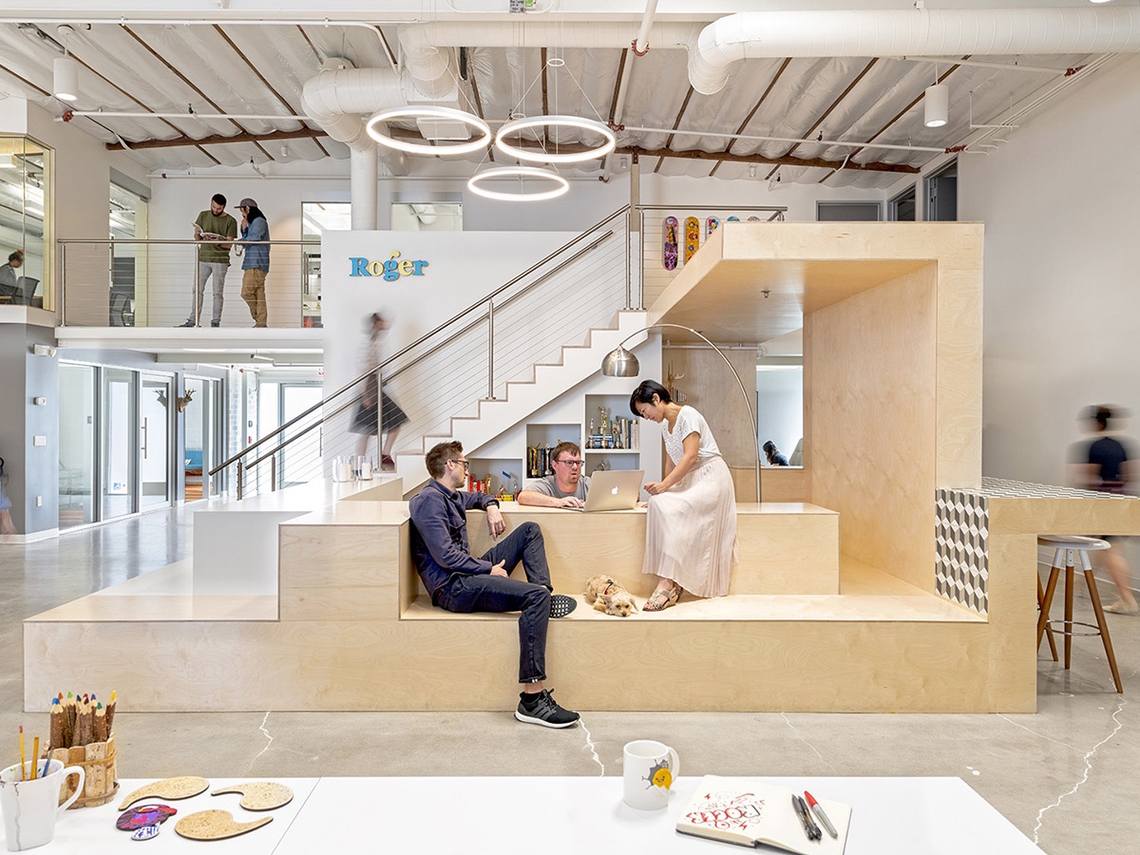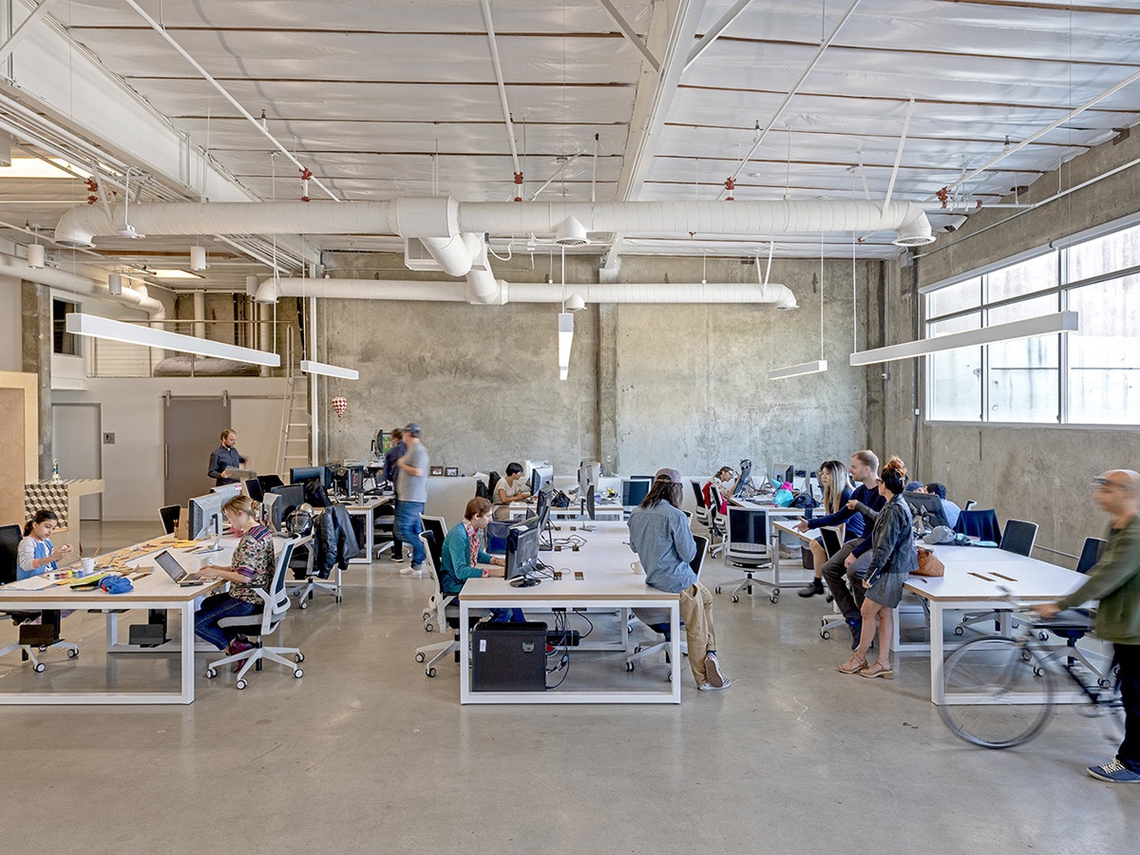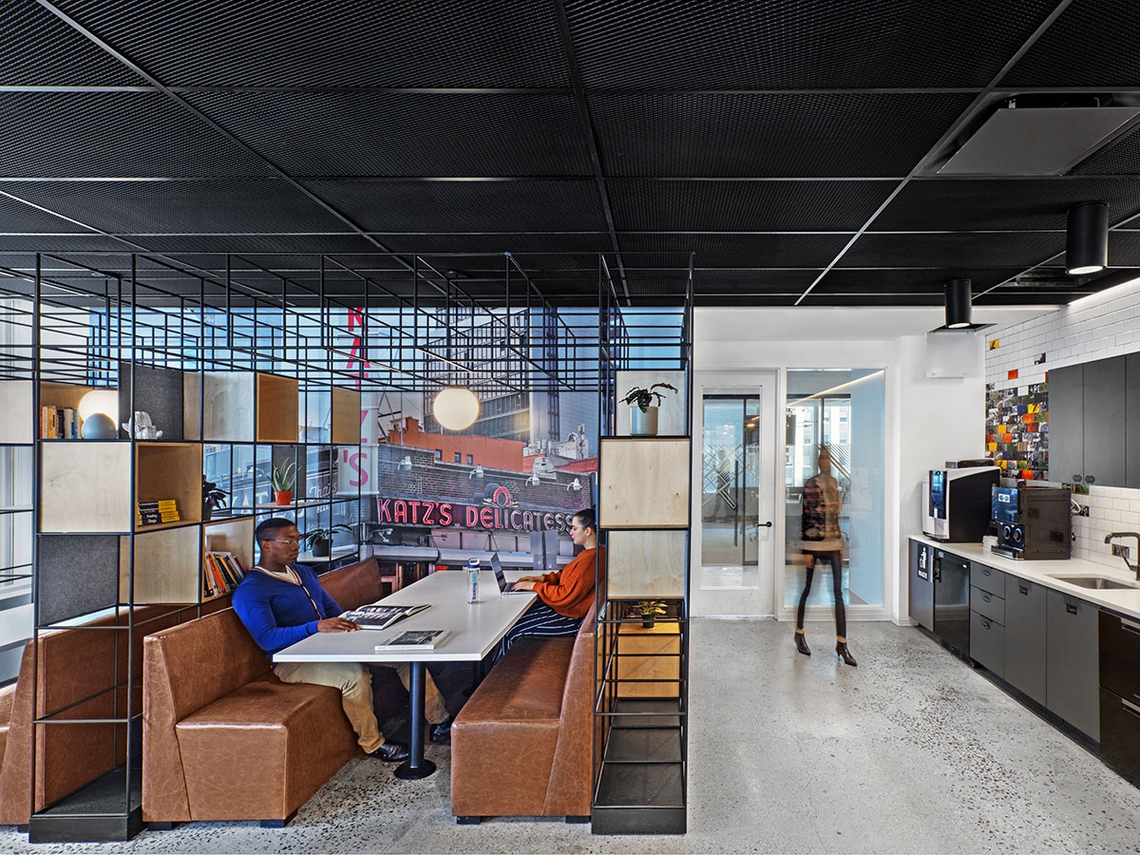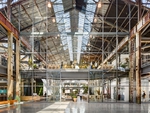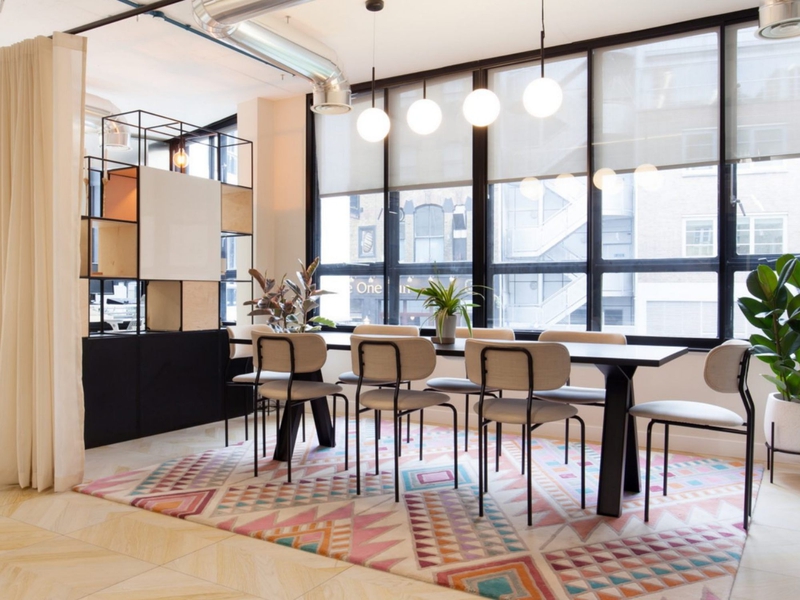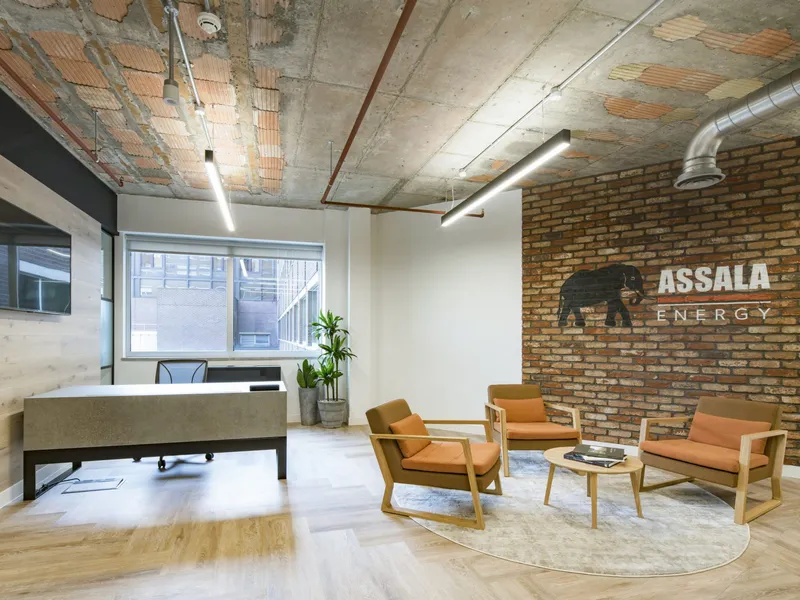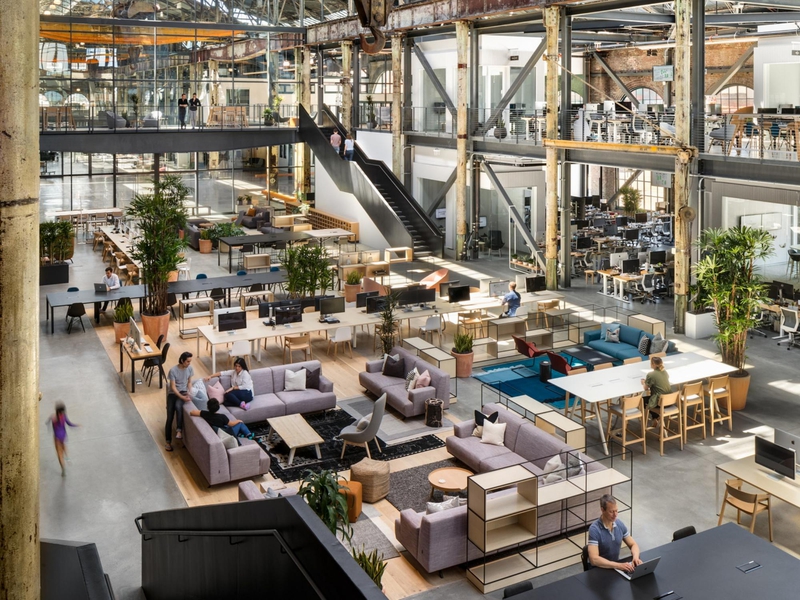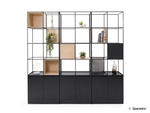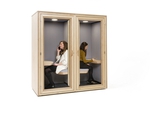21 Feb 2019
Industry Trends
As the last in our series of blogs elaborating on our Top 8 Workplace Trends for 2019, we’re now going to take a deeper look at the Inclusivity Trend; specifically, we’re going to look at how to design for inclusivity.
Today’s workforce is more diverse than ever before, so it’s important that workplaces are inclusive and welcoming to all. Diversity only works in conjunction with inclusivity; without an inclusive environment, your diverse workforce will leave. Nobody wants to work at a company that’s not welcoming, regardless of their background.

So what makes for an inclusive workplace? It’s a workplace that embraces differences and makes everybody feel welcome and appreciated. In order to achieve this, managers and architects should design inclusivity into the office at every level: both in the physical design of the space, from the layout to the furnishings, but also in the design of everyday working practices. Inclusivity is about putting everybody at the heart of the design process so that nobody feels left out. Here are 9 ways to do just that …
1. Accessible Space
Offices should have ramps and lifts as well as stairs, suitable door handles for those with limited manual dexterity, and customised furniture for the differently abled. There’s no need to make a big deal out of this. It’s best to build an accessible working environment that won’t draw undue attention to anyone.
2. Safety For All
Offices must also provide safety for all, including the hard of hearing or visually impaired. So, various options can be explored, such as: multi-sensory fire alarms, meaning both auditory and visual; large-print emergency instructions on clear display; and exit routes should have differently coloured and textured walls.
3. Private Spaces
Some people find it difficult to work in loud, bustling open-plan environments. As writer and psychologist Susan Cain explains, roughly half of the population are introverts, however the office environment is geared towards extroverts. The working styles of both types differ; introverts may struggle to focus in a noisy, open environment, so the ratio of private space vs collaborative space should be considered in order to provide for everyone. Similarly, it’s also good practice to provide standing workstations for those who prefer to work standing up; for instance those with back problems.
4. Serene Spaces
We’ve long been great believers in the idea of having a Serene Sanctuary in the office. Providing a quiet, calming space for meditation and relaxation will work wonders for staff morale, and is particularly invaluable for introverts or those suffering from stress.
5. Facilities
Working mothers should be provided with nursing rooms that are both private and comfortable. Some workspaces also provide a crèche and other spaces for children, for times when parents need to care for their child for a day. Gender-neutral bathrooms are also an expectation.
6. Food and Drink for All
Providing staff with communal meals or drinks evenings is a great reward, but it’s important to include everybody in these team-building social occasions, otherwise they can have the opposite effect to the intended one. Not everybody drinks alcohol, so provide non-alcoholic drinks. Likewise, offer good halal, kosher, dairy-free, gluten-free, nut-free and vegan alternatives when you do offer a spread. If possible, have a dedicated fridge for kosher food only.

7. Open Doors and Forums
Building an inclusive and culturally sensitive workplace can seem like a daunting task, but why not just look at it as a good way to get to know your staff better? So many problems can be averted if we just talk to one another. Different people may well have different ideas around what’s funny, or what should be considered appropriate physical contact, but by sharing our different perspectives we’ll not only learn a more inclusive approach, we’ll also most likely have an enriching experience. The most important thing is to have forums for addressing any problems that do arise, and for staff to know they can raise any issues they have without repercussions.

8. Cultural Sensitivity
It’s important to be aware of, and acknowledge, all the different religious holidays celebrated by staff. Likewise, it’s important to use the correct gender pronouns for different staff members. For instance, some might wish to be addressed by a gender-neutral pronoun such as “they”. Today’s changing culture can seem complicated, but there’s no need to worry, or go overboard; just try and be aware of people’s sexual, racial, religious, and other sensitivities, and ask them about anything you’re unsure of.
By offering diversity and inclusion training, companies can help employees to change their behaviour, correct any unconscious bias, and make sure that marketing and promotional materials are representative of their entire workforce and customer base, and won’t offend anyone. The best way to do this, of course, is to have a diverse team overseeing everything. Which brings us onto …

9. Diverse Leadership
If a company genuinely wants to be inclusive, it must have diverse executives and managers. Once these are in place, inclusivity will improve naturally, as a matter of course. Furthermore, research by McKinsey & Company has found that having a diverse leadership also raises performance and success levels overall.
And Last of All …
The best workplaces provide great experiences for every sort of employee, whoever they are. If you follow these recommendations, you’ll soon be adopting best practices without thinking, they’ll just become second nature.
So that’s the last of our Top 8 Workplace Trends for 2019. The world of work is changing faster than ever before, in many exciting ways. We hope this guide helps you to better understand why this is happening, and how you can remain agile and stay one or two steps ahead of the curve.
Share this article
